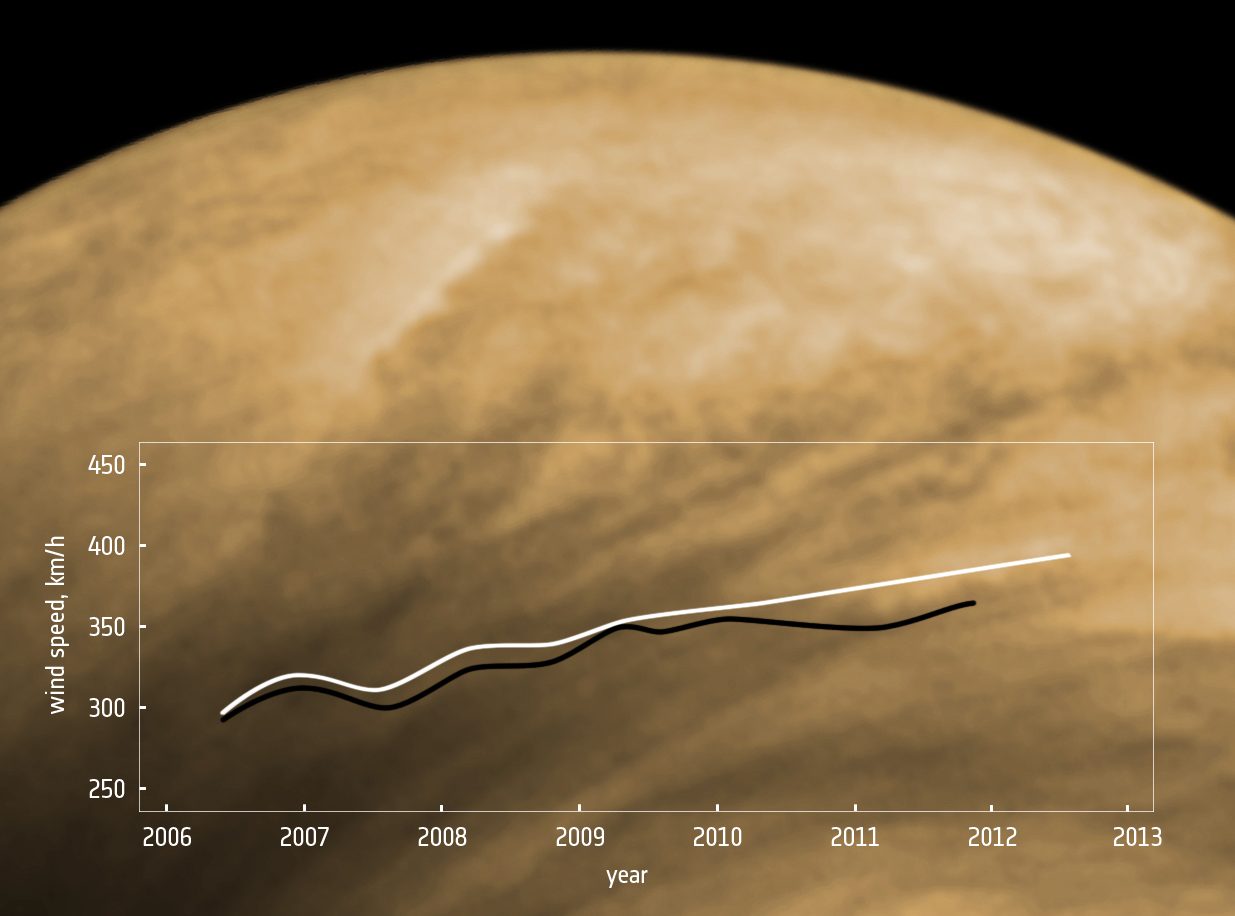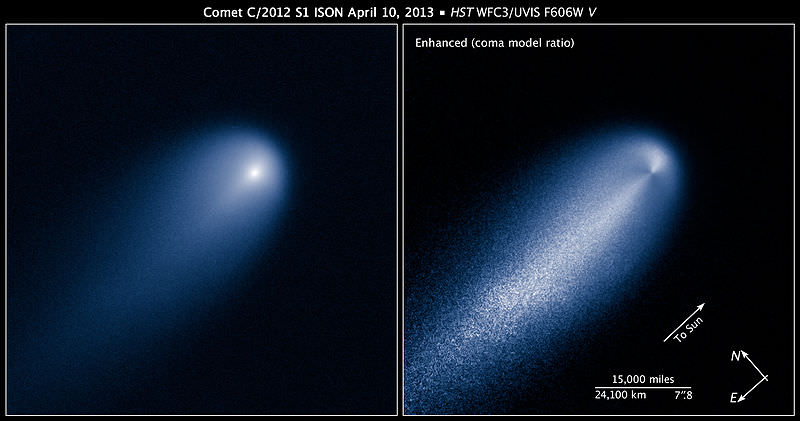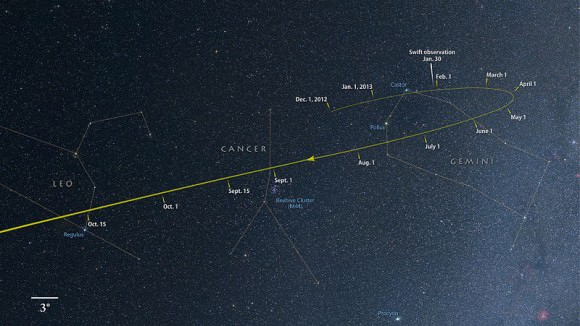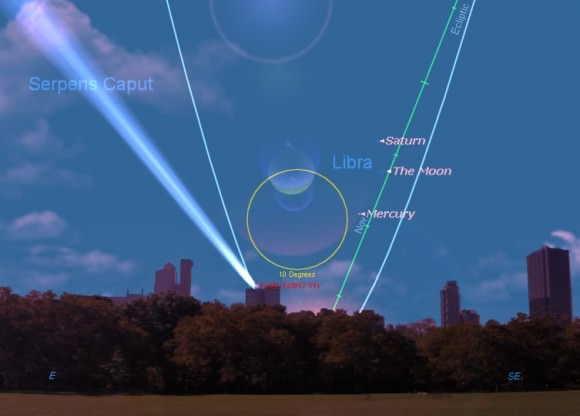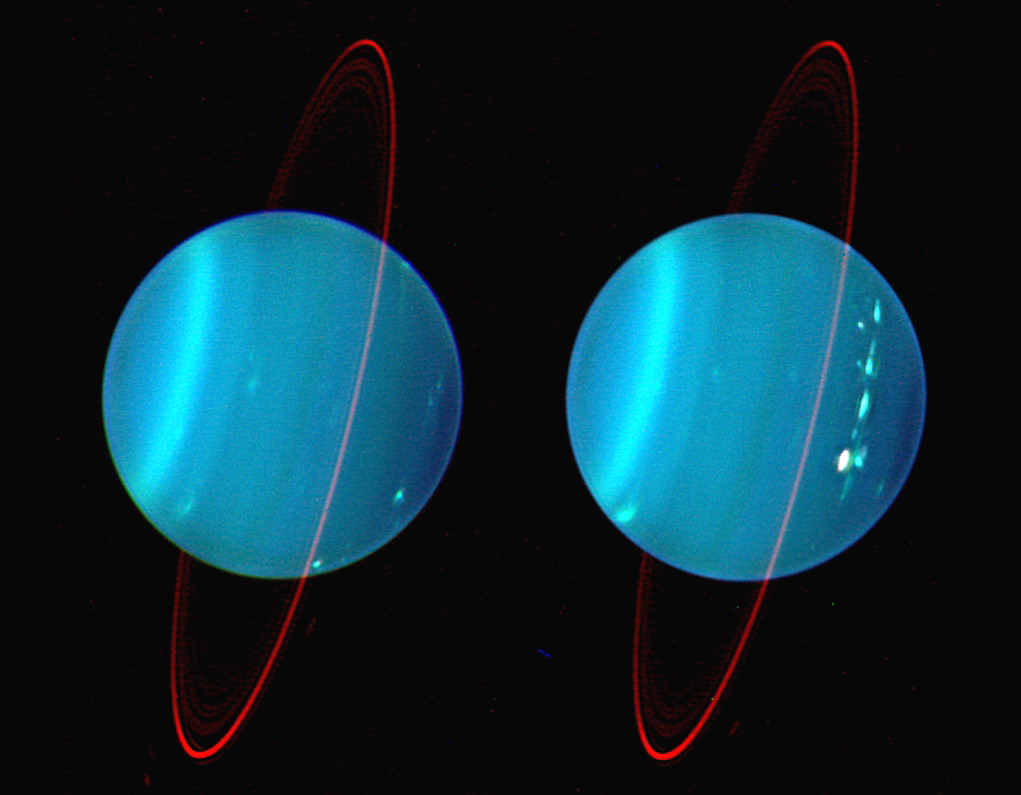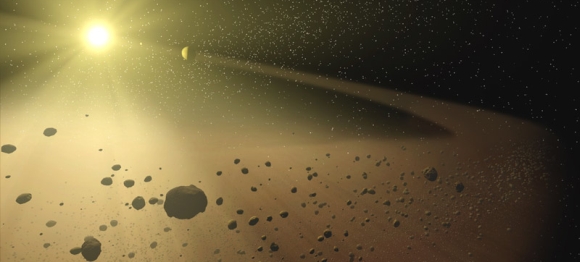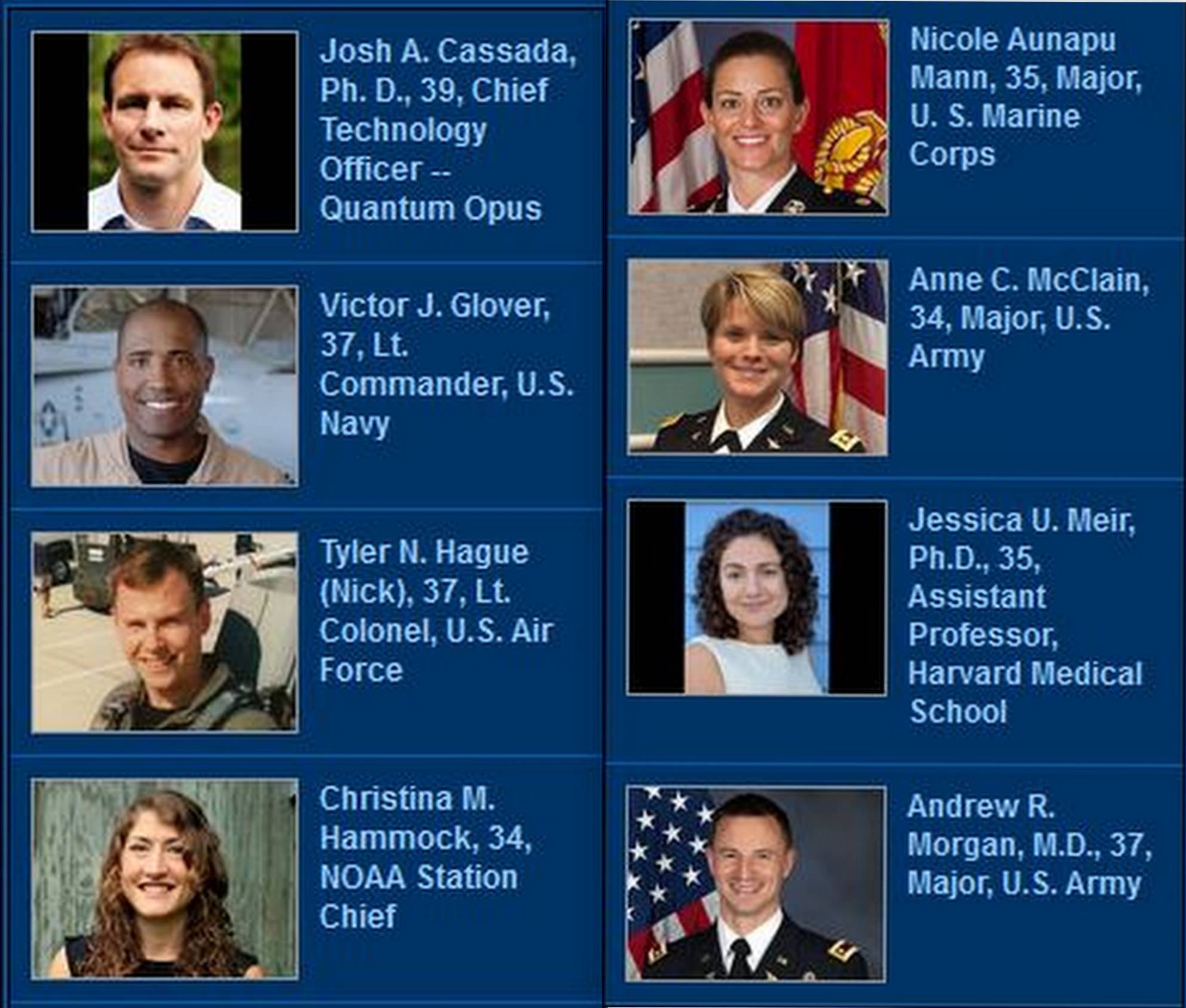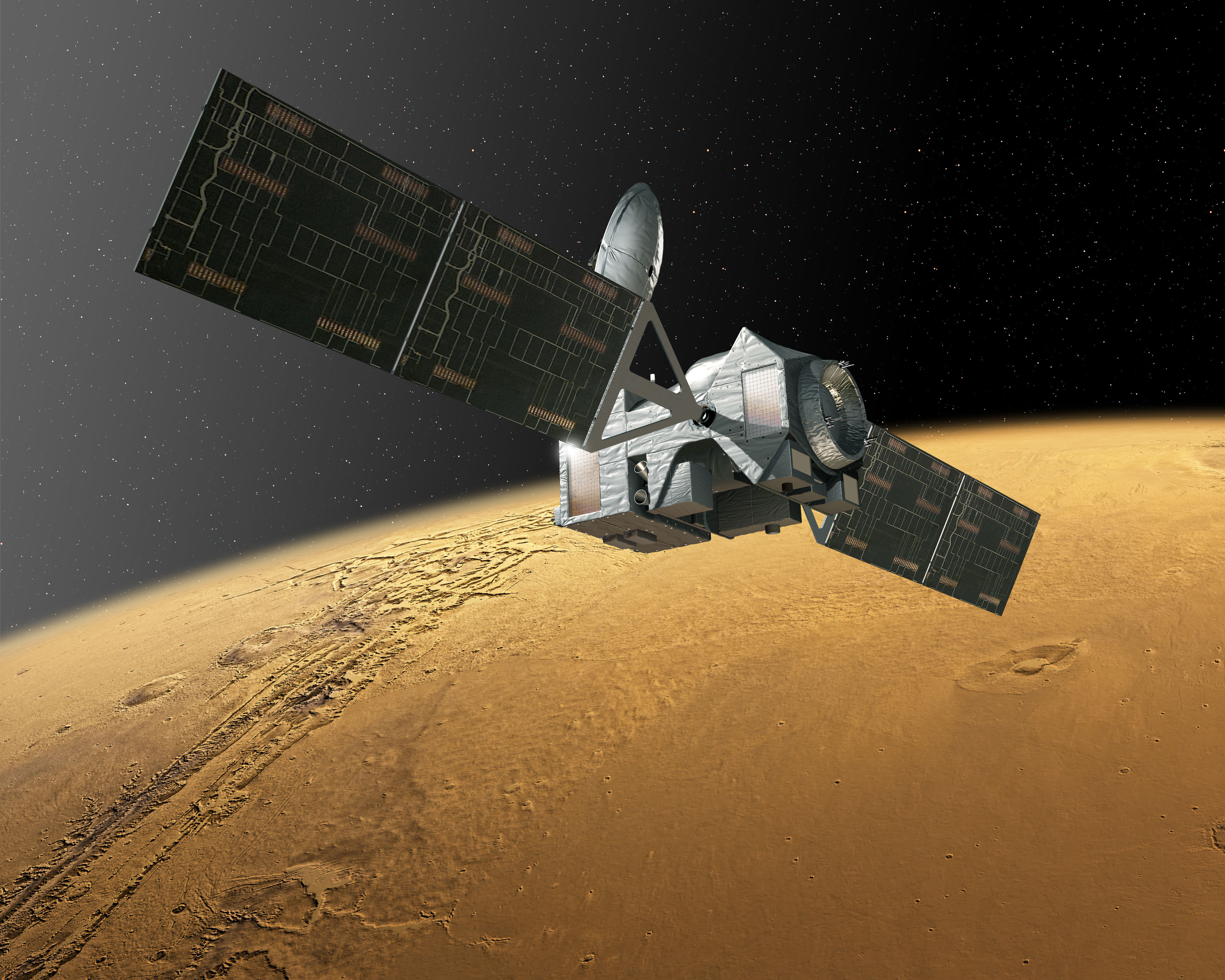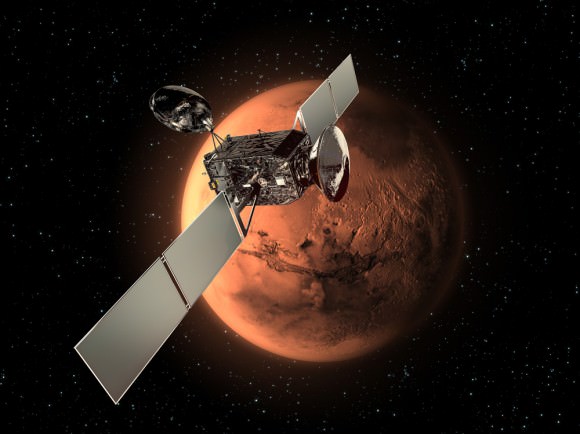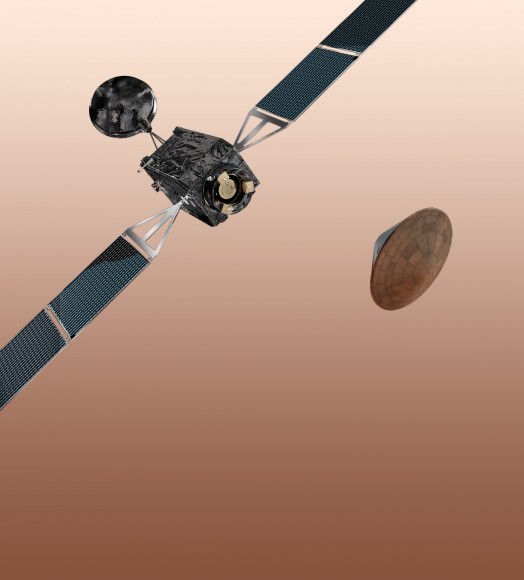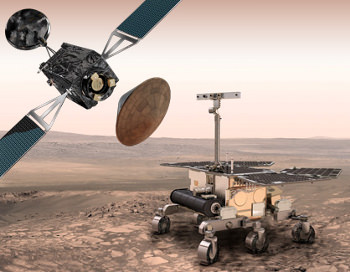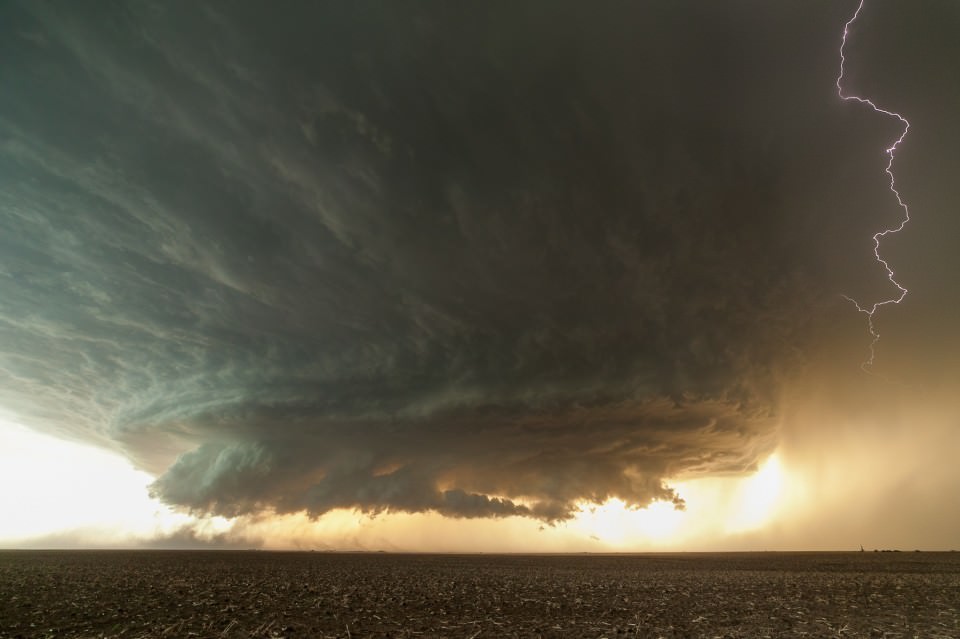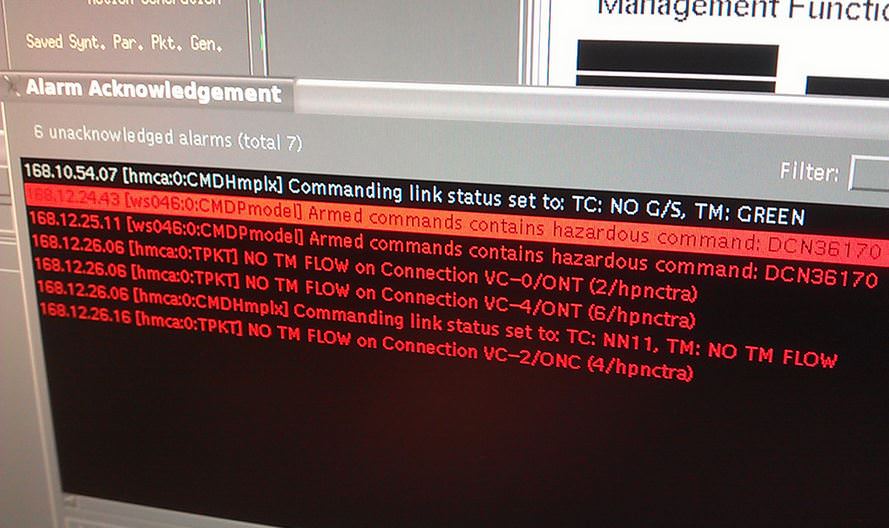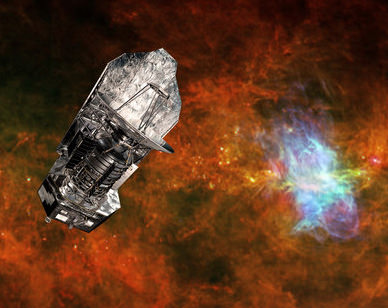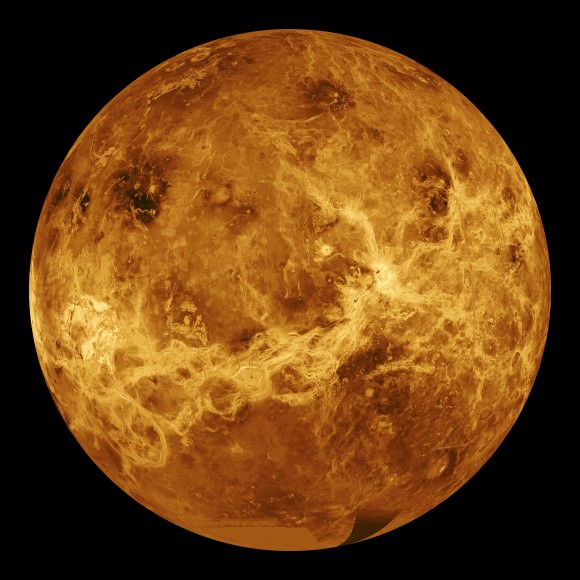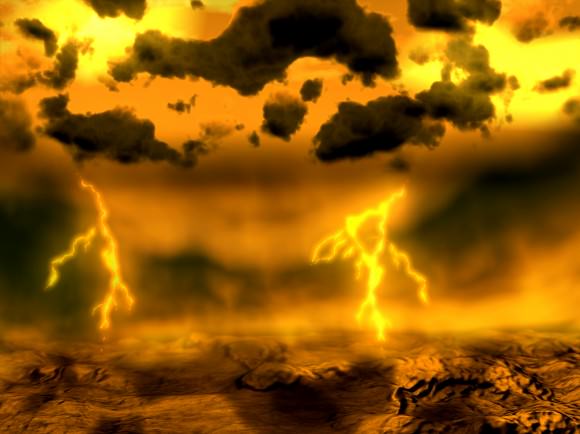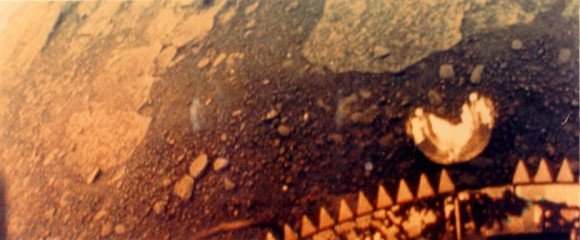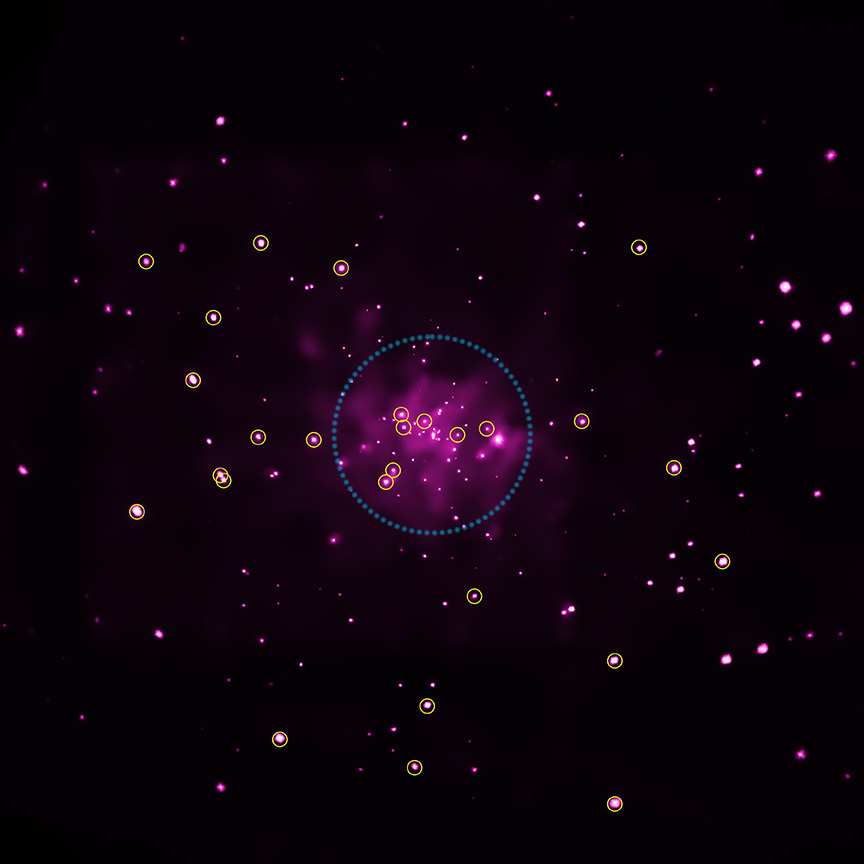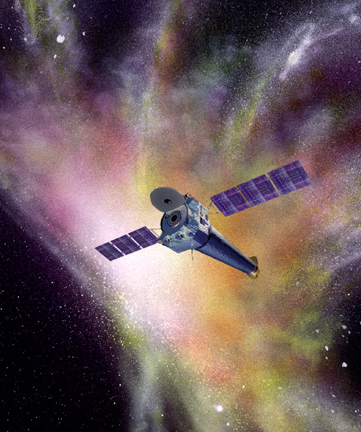High-altitude winds on neighboring Venus have long been known to be quite speedy, whipping sulfuric-acid-laden clouds around the superheated planet at speeds well over 300 km/h (180 mph). And after over six years collecting data from orbit, ESA’s Venus Express has found that the winds there are steadily getting faster… and scientists really don’t know why.
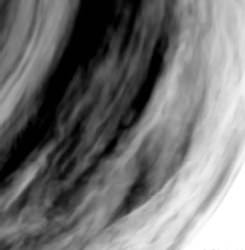
By tracking the movements of distinct features in Venus’ cloud tops at an altitude of 70 km (43 miles) over a period of six years — which is 10 of Venus’ years — scientists have been able to monitor patterns in long-term global wind speeds.
What two separate studies have found is a rising trend in high-altitude wind speeds in a broad swath south of Venus’ equator, from around 300 km/h when Venus Express first entered orbit in 2006 to 400 km/h (250 mph) in 2012. That’s nearly double the wind speeds found in a category 4 hurricane here on Earth!
“This is an enormous increase in the already high wind speeds known in the atmosphere. Such a large variation has never before been observed on Venus, and we do not yet understand why this occurred,” said Igor Khatuntsev from the Space Research Institute in Moscow and lead author of a paper to be published in the journal Icarus.
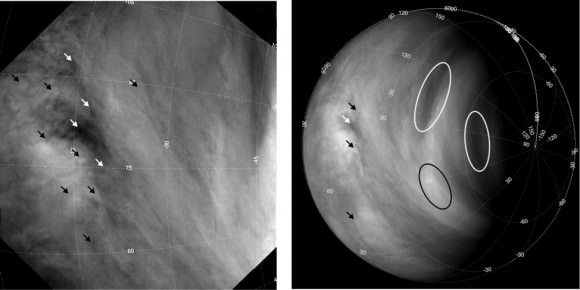
A complementary Japanese-led study used a different tracking method to determine cloud motions, which arrived at similar results… as well as found other wind variations at lower altitudes in Venus’ southern hemisphere.
“Our analysis of cloud motions at low latitudes in the southern hemisphere showed that over the six years of study the velocity of the winds changed by up 70 km/h over a time scale of 255 Earth days – slightly longer than a year on Venus,” said Toru Kouyama from Japan’s Information Technology Research Institute. (Their results are to be published in the Journal of Geophysical Research.)
Both teams also identified daily wind speed variations on Venus, along with shifting wave patterns that suggest “upwelling motions in the morning at low latitudes and downwelling flow in the afternoon.” (via Cloud level winds from the Venus Express Monitoring Camera imaging, Khatuntsev et al.)
A day on Venus is longer than its year, as the planet takes 243 Earth days to complete a single rotation on its axis. Its atmosphere spins around it much more quickly than its surface rotates — a curious feature known as super-rotation.
“The atmospheric super-rotation of Venus is one of the great unexplained mysteries of the Solar System,” said ESA’s Venus Express Project Scientist Håkan Svedhem. “These results add more mystery to it, as Venus Express continues to surprise us with its ongoing observations of this dynamic, changing planet.”

